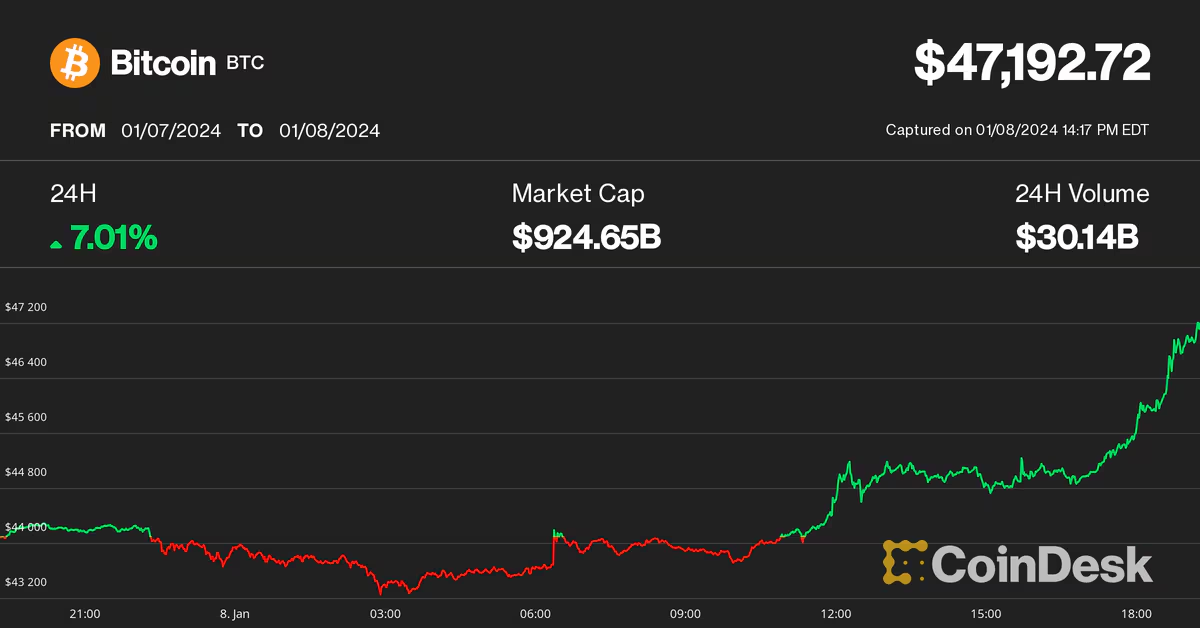Layer 1 vs. Layer 2: Understanding the Relationship 🤔
Layer 2s have inherent limitations in their capabilities and more importantly, in the trust model they operate under, which is determined by the capabilities of the Layer 1 they are built on.Layer 2 is not a magic spell.
A common refrain in the Bitcoin community is “Don’t mess with Layer 1! Just build it on Layer 2!” Sounds logical, right? Why risk the security of Layer 1 when you can build on top of it? Well, let’s dive deep into the relationship between Layer 1 and Layer 2 to understand why this thinking may not be entirely accurate.
Unraveling Layer 2 🧩
Layer 2 (L2) protocols are extensions of Layer 1 (L1). This means that everything L2 can do has to ultimately rely on what L1 is capable of. So, simply saying “just do it on L2!” overlooks the implicit realities of what can or can’t be done on L2 based on the current state of L1.
For example, let’s consider the Lightning Network. Without the existence of multisignature scripts on L1, building the Lightning Network would be impossible. Those scripts allow multiple people to share control of a UTXO (Unspent Transaction Output), making payment channels and shared custody feasible.
The Evolution of Payment Channels ⚡️
Payment channels, the foundation of the Lightning Network, depend on specific features of L1. These features include multisignature scripts, absolute and relative timelocks, Segregated Witness, and hashlocks.
- Ethiopia’s Bitcoin Mining Industry: Powering Economic Growth and Prosperity
- Bitcoin Miners Win Battle Against US Department of Energy’s “Emergency” Order
- The Future of Payments: Unveiling the Truth Behind Blockchain Technology 💸
With the introduction of CLTV (CHECKLOCKTIMEVERIFY), a timelocking mechanism, payment channels became safer. If the funding transaction was malleated, the funder could still claim their money back after a timelock. But this still permitted one-way payments only.
To enable two-way payments, a solution to transaction malleability was needed, leading to the implementation of Segregated Witness. The Lightning Network could now support bidirectional payments, with penalties for dishonest behavior and the ability for both parties to claim funds.
To route payments across multiple channels, Hash Time Locked Contracts (HTLCs) were employed. HTLCs rely on hashlocks and the ability to provide preimages to spend UTXOs.
In essence, the Lightning Network’s existence depends on these core L1 functionalities. Without them, building the Lightning Network as we know it would simply be incoherent!
The Catch 🕸️
Technically speaking, it would be possible to build a bidirectional multi-hop payment channel system without those L1 features. However, it would come at a massive cost — introducing trust in other parties not to steal your money. This could be achieved through a federated sidechain, but it wouldn’t offer the same control over your coins. Settlements would be accounting entries on someone else’s multisig wallet, undermining the decentralized nature of Bitcoin.
The reality underlying the “just build it on L2!” reaction is that L2 has limitations of its own. Any functionality not possible on L1 would require the introduction of trusted entities ultimately in control of users’ funds. This is why discussions around L1 improvements are crucial for enabling more scalable and flexible L2 solutions, while acknowledging the inherent trade-offs involved.
What’s the Point? 🤷♂️
Layer 2 is not a magic solution that can solve all the limitations of Layer 1. You can’t simply wave a wand and expect anything and everything to become possible. L2’s capabilities are inherently tied to L1’s capabilities. It’s an engineering reality that we can’t escape unless we’re willing to compromise the trust assumptions and degrade the decentralization of the system.
When discussing L1 improvements, we must recognize that these enhancements primarily revolve around empowering the construction of more flexible and scalable L2 solutions. We can’t avoid the limitations of L2 without introducing trusted entities, and failing to acknowledge this reality would lead to unproductive conversations.
So, let’s embrace the truth and have honest discussions about the future of Bitcoin. After all, denial and gaslighting won’t get us anywhere. It’s time to face reality and make informed decisions! 💪🚀
Q&A: Addressing Readers’ Concerns 🙋♀️🙋♂️
Q1: Can you explain the relationship between Layer 1 and Layer 2 in simpler terms? A1: Think of Layer 1 as the foundation and Layer 2 as an extension. Layer 2 protocols rely on Layer 1 to function. So, any improvements or changes to Layer 1 can directly impact the capabilities and possibilities of Layer 2.
Q2: Does this mean Layer 1 improvements are essential for the success of Layer 2 solutions like the Lightning Network? A2: Absolutely! Layer 1 improvements enable the development of more flexible and scalable Layer 2 solutions. Enhancements like multisignature scripts, timelocks, Segregated Witness, and hashlocks paved the way for the Lightning Network’s existence.
Q3: Are Layer 2 solutions completely independent of Layer 1? A3: No, Layer 2 solutions rely on Layer 1 for their core functionalities. Layer 2 can offer additional features and capabilities, but these will always be constrained by what Layer 1 can support.
🌐 Related Links:
- The Lightning Network
- Segregated Witness (SegWit): An Upgrade to Bitcoin’s Scripting System
- Understanding the Basics of Multisig
- Hash Time Locked Contracts (HTLCs) Explained
- Liquid Sidechain: Enhancing Bitcoin’s Liquidity
We will continue to update Blocking; if you have any questions or suggestions, please contact us!
Was this article helpful?
93 out of 132 found this helpful
Related articles
- Crypto AI Tokens: A Rollercoaster Ride of Enthusiasm and Suspicion 🎢💸
- 🌐🤖 The Intersection of Blockchain and AI: Insights from Security Expert Ari Juels
- Instant Settlement: Transforming Work and Reward
- The Ethereum Cancun-Deneb Upgrade: Paving the Way for Mass Scalability
- The Rise of Bitcoin: A Sleepy Giant Awakens 🚀🌙
- It’s Time to Scrap AML/KYC Entirely: Why the Current System is Flawed
- Sam “SBF” Bankman-Fried’s Sentencing Recommendations: What You Need to Know 🧐






